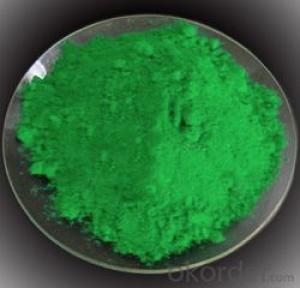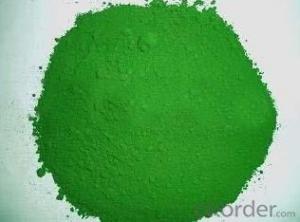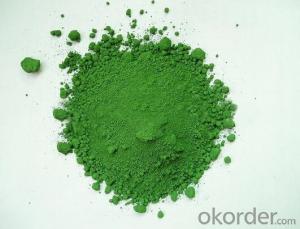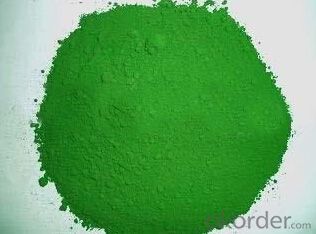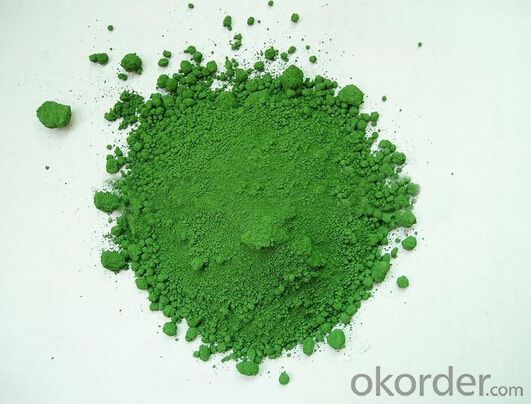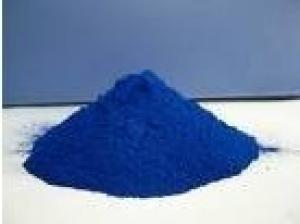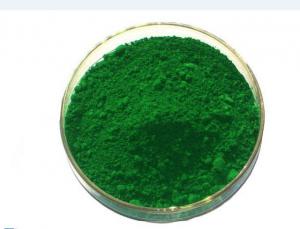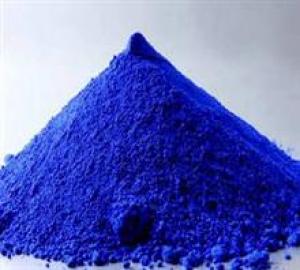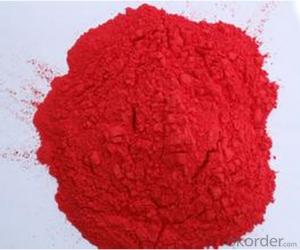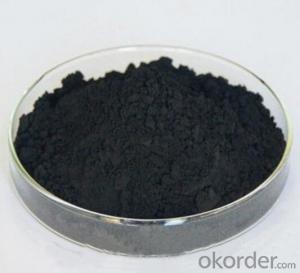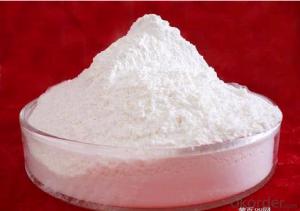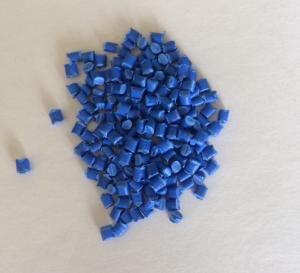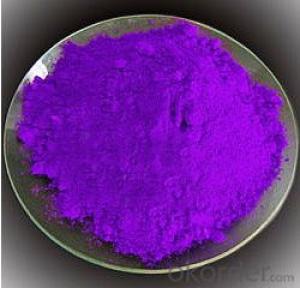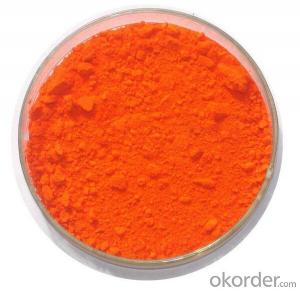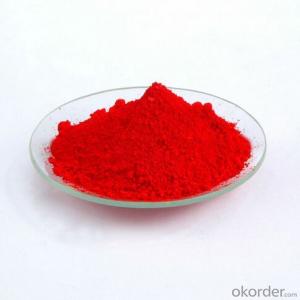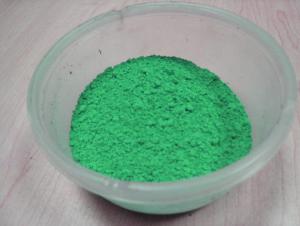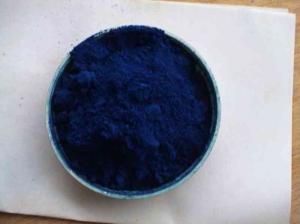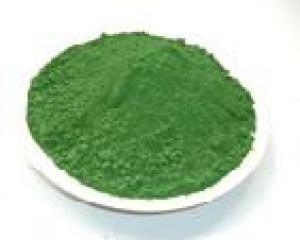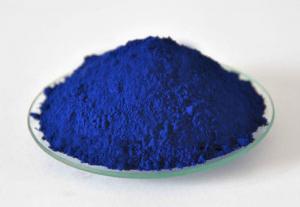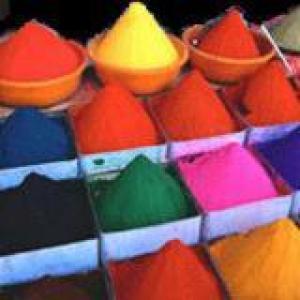Cobalt Green Pigment Organic Pigment Powder
- Loading Port:
- Tianjin
- Payment Terms:
- TT OR LC
- Min Order Qty:
- 500 kg
- Supply Capability:
- 6000000 kg/month
OKorder Service Pledge
OKorder Financial Service
You Might Also Like
Cobalt Green Specifications
- Cobalt Green
- Best quality
- Fast delivery
- Factory offer
- Free sample
Cobalt Green Product Inforamtion:
Chemical Name: Cobalt Titanate Green Spinel
Chemical Composition: Co/Ti/Ni/Zn Oxide
Color Index Name: Pigment Green 50 /P.G.50
Color Index Number: 77377
CAS Number: 68186-85-6
Physical Form: Green Powder
Crystal Pattern: Spinel Pattern
Cobalt Green Product Characteristics:
Pigment Green 50 is a bright color with yellowish green, it is also one kinds of environmental protection pigments, which is internationally recognized as non-toxic pigments. It is easy to disperse, with excellent heat resistance,lightfastness, weather resistance, acid & alkali resistance and high infrared reflectivity.
Cobalt Green Applications:
It can be used in coil coatings, powder coatings, automobile coatings, outdoor architectural coatings, camouflage coatings, painting coatings, road sign coatings, as well as engineering plastics, general plastics, toys plastics, food packaging plastics, printing ink, color masterbatch, and other building materials,such as high-performance industrial coating, cement, concrete, roofing materials, as well as ceramics, etc.
Cobalt Green Main Technical Data:
Heat Resistance: ≥1000°C
Light Resisrtance(Grade 1-8): 8
Weather Resisrance(Grade 1-5): 5
Acid Resistance(Grade 1-5): 5
Alkali Resistance(Grade 1-5): 5
Oil Absorption: 16-20g/100g
Density: 4.01-5.01 g/cm3
PH: 6-9
Mean Particle Size: 1.1-2.5 µm
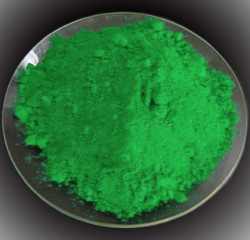

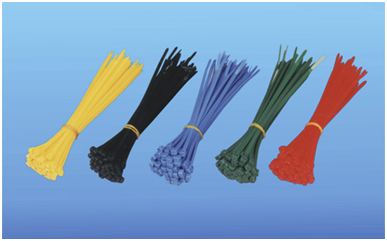
- Q: Are carontenoids and anythocyanin accesory pigments.
- Accessory Pigments
- Q: Please and thank you, it doesn't say so on the website.
- Mac Pigment Ingredients
- Q: I bought the color Frozen White, and the store sample was sort chunky too, and it doesn't go on my skin well because of that. How can I apply it on smoothly? do I need to add a little water??? help!!!!
- use a good brush, apply little by little experiment with water remember MAC was made for taking model pictures there colors are strong and bold and not good for the skin because they were made solely to take pictures and have it pop out of the picture
- Q: can the pigment know as Chinese purple form a matter wave in certain circumstances?
- Peaceful demonstrations, which are the sorts urge by governments, are just a way of letting the public let off steam safely without achieving anything. It is most convenient for them - every one has a jolly time, a bit of bantering, and we all go back to the status quo. Just like the House, a lot of empty debates, and the government just goes ahead and does what it wants. The public is beginning to become aware of the severe limitations of democracy as it is practised in the west. There are times, as the government claims, it has to do what has to be done, even though the actions may be 'unpopular', meaning they are not supported by the majority, and therefore undemocratic. Thus, we have supposedly democratic governments doing undemocratic things (and we accuse other countries with different systems of being undemocratic!). In such situations where democratic governments are acting undemocratically, the public surely has a right to resort to actions other than the ballot box (denied them anyway), or futile gestures. The government is supposed to represent majority will in our system; where it ceases to do so, it has lost its mandate, and, should arguable be replaced before the election comes round.
- Q: explain an absorption spectrum of different pigments and the action spectrum ofphotosynthesis.
- A pigment is any substance that absorbs light. The color of the pigment comes from the wavelengths of light reflected (in other words, those not absorbed). Chlorophyll, the green pigment common to all photosynthetic cells, absorbs all wavelengths of visible light except green, which it reflects to be detected by our eyes. Black pigments absorb all of the wavelengths that strike them. White pigments/lighter colors reflect all or almost all of the energy striking them. Pigments have their own characteristic absorption spectra. The action spectrum of photosynthesis is the relative effectiveness of different wavelengths of light at generating electrons. If a pigment absorbs light energy, one of three things will occur. Energy is dissipated as heat. The energy may be emitted immediately as a longer wavelength, a phenomenon known as fluorescence. Energy may trigger a chemical reaction, as in photosynthesis. Chlorophyll only triggers a chemical reaction when it is associated with proteins embedded in a membrane (as in a chloroplast) www.emc.maricopa.edu/faculty/fara...
- Q: I love the colours that pigments come in but I don't know how to use them. Is there any easy way?
- Pigments can be used the same way as your typical eyeshadows. Sponge applicators allow for a more vivid and intense colour pay off, while using a regular eyeshadow brush gives off a more sheer finish. Pigments can get messy, especially on your face. A good trick to remember is to dust a generous amount of translucent powder under the eye area before using pigments. This way if there is any powder fallout you will be able to sweep it all off without problems.
- Q: can pigment ink be used to tattoo?
- Pigment ink? Tattoo ink is pigment ink. Printer ink is pigment ink. Crayola markers are pigment ink. It all comes down to what it's manufactured for and whom is doing the manufacturing. Reputable shops use certain brands of tattoo ink for a reason. Using something not made for the human body at all makes for an ugly tattoo and can cause infections or other problems seeing as nothing in it's manufacturing process is sanitary or compatible with use in skin.
- Q: (After the fifteenth century)
- Pigment is color in powder form. An example is lamp black; it was first made from the soot of kerosene lamps ground fine. Binder is a substance used to hold pigment together and make it adhere; in the previous example, linseed oil would be the binder for the lamp black pigment. Vehicle is a medium acting as a solvent, carrier, or binder for paint; turpentine or mineral spirits would be a vehicle but so would linseed oil as well to help dilute the paint and help it cover a large area. Hope that helps and thanx.
- Q: what are accessory pigments?
- Accessory pigments are light-absorbing compounds, found in photosynthetic organisms, that work in conjunction with chlorophyll a. They include other forms of this pigment, such as chlorophyll b in green algal and higher plant , while other algae may contain chlorophyll c or d. In addition, there are many non-chlorophyll accessory pigments, such as carotenoids or phycobiliproteins which also absorb light and transfer that light energy to photosystem chlorophyll. Some of these accessory pigments, particularly the carotenoids, also serve to absorb and dissipate excess light energy, or work as antioxidants. The different chlorophyll and non-chlorophyll pigments associated with the photosystems all have different absorption spectra, either because the spectra of the different chlorophyll pigments are modified by their local protein environment, or because the accessory pigments have intrinsic structural differences. The result is that, in vivo a composite absorption spectrum of all these pigments is broadened and flattened such that a wider range of visible and infrared radiation is absorbed by plants and algae. Most photosynthetic organisms do not absorb green light well, thus most remaining light under leaf canopies in forests or under water with abundant plankton is green, a spectral effect called the green window. Organisms such as some cyanobacteria and red algae contain accessory phycobiliproteins that absorb green light reaching these habitats. For more kindly click on the links below --- en.wikipedia.org/wiki/Accessory_p... en.wikipedia.org/wiki/Photosynthe...
- Q: what is the difference between light color and pigment colors?
- Pigments are chemicals that selectively absorb and reflect different spectra of light. When a surface is painted with a pigment, light hitting the surface is reflected, minus some wavelengths. This subtraction of wavelengths produces the appearance of different colors. Most paints are a blend of several chemical pigments, intended to produce a reflection of a given color.
Send your message to us
Cobalt Green Pigment Organic Pigment Powder
- Loading Port:
- Tianjin
- Payment Terms:
- TT OR LC
- Min Order Qty:
- 500 kg
- Supply Capability:
- 6000000 kg/month
OKorder Service Pledge
OKorder Financial Service
Similar products
Hot products
Hot Searches
Related keywords
